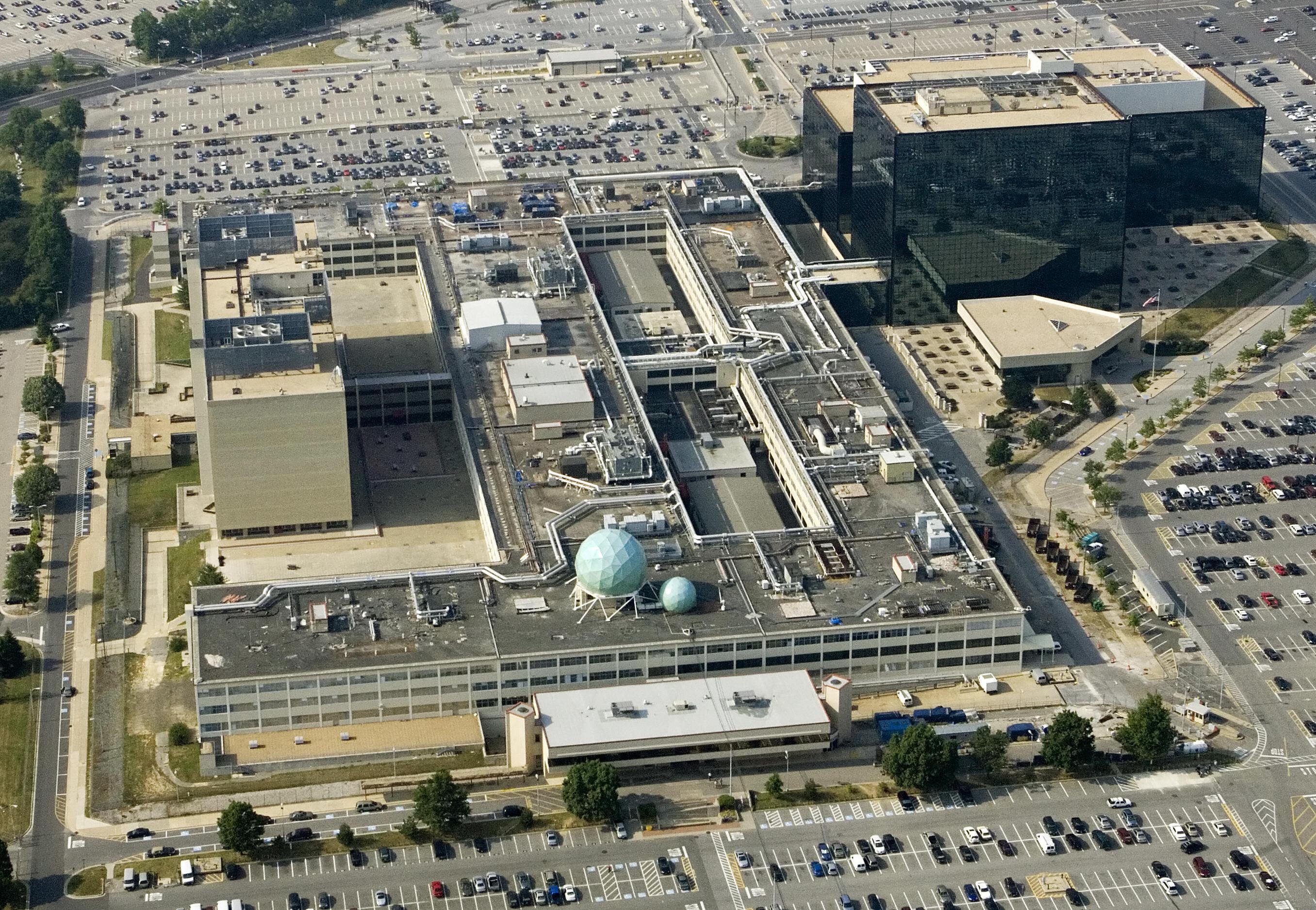Earlier this week, the Supreme Court ruled that Americans didn’t have standing to challenge secret surveillance conducted by the National Security Agency. Now, new details about the eavesdropping have surfaced—which will likely fuel fresh concerns about the scale and accountability of the agency’s spy programs.
A book published earlier this month, Deep State: Inside the Government Secrecy Industry, contains revelations about the NSA’s snooping efforts, based on information gleaned from NSA sources. According to a detailed summary by Shane Harris at the Washingtonian yesterday, the book discloses that a codename for a controversial NSA surveillance program is “Ragtime”—and that as many as 50 companies have apparently participated, by providing data as part of a domestic collection initiative.
Deep State, which was authored by Marc Ambinder and D.B. Grady, also offers insight into how the NSA deems individuals a potential threat. The agency uses an automated data-mining process based on “a computerized analysis that assigns probability scores to each potential target,” as Harris puts it in his summary. The domestic version of the program, dubbed “Ragtime-P,” can process as many as 50 different data sets at one time, focusing on international communications from or to the United States. Intercepted metadata, such as email headers showing “to” and “from” fields, is stored in a database called “Marina,” where it generally stays for five years.
About three dozen NSA officials have access to Ragtime’s intercepted data on domestic counter-terrorism, the book claims, though outside the agency some 1000 people “are privy to the full details of the program.” Internally, the NSA apparently only employs four or five individuals as “compliance staff” to make sure the snooping is falling in line with laws and regulations. Another section of the Ragtime program, “Ragtime-A,” is said to involve U.S.-based interception of foreign counterterrorism data, while “Ragtime-B” collects data from foreign governments that transits through the U.S., and “Ragtime-C” monitors counter proliferation activity.
Only very rarely do details of this nature surface, mainly due to the extreme secrecy that shrouds the NSA. In 2006, a whistleblower from AT&T made a sworn declaration in which he stated that the NSA was routing AT&T communications through a secret “secure room” where they could be intercepted. A former NSA employee said last year in his own sworn declaration, made as part of an ongoing legal case, that the spying described by the AT&T whistleblower involved the use of a “Semantic Traffic Analyser,” which would allow the NSA to mine “addresses, locations, countries, and phone numbers, as well as watch-listed names, keywords, and phrases” from within the data flowing through communication networks. Other previously disclosed NSA spy programs have been codenamed “ThinThread” and “Trailblazer.”
On Tuesday, a group of civil rights groups, journalists, and lawyers lost the right to challenge the constitutionality of a so-called “warrantless wiretapping” law that allows the NSA to conduct eavesdropping on international communications. The plaintiffs’ argument failed largely on the grounds that they could not conclusively prove that they had been subject to surveillance. The Supreme Court, in a split 5-4 opinion, said that “it is highly speculative whether the government will imminently target communications to which respondents are parties.”
